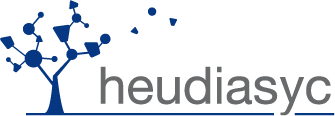Sidebar
This is an old revision of the document!
Table of Contents
Context of the courses
Here are some words about the teaching I make, or to which I took part in the past.
Some are more naturally destinated to students in a particular field (for example, as the algorithmics course). However, all are opened to all the students in engineering of the UTC.
Likewise, some are to be followed by students beginning their degree course; others, by students close to graduation, that have already acquired some scientific and technical competences.
Description of the teaching units
Statistics for the engineer
(link towards the unit web page)
This unit presents to students the concepts and basic methods in statistics, as used by engineers. Notions of estimation, of confidence intervals, of hypotheses tests, of linear regression, of ANOVA (analysis of variance) are presented among others.
This unit course is destinated to students at the beginning of their degree course.
Algorithmics and data structures
(link towards the unit web page)
After some brief reminders on C language programming, basic data structures in informatics are presented, as well as correspondings manipulation algorithms.
This unit course is destinated to students at the beginning of their degree course.
Linear and non-linear optimization
(link towards the unit course)
The unit introduces the basic techniques in linear programming (simplex method, duality), integer programming, and non-linear optimization (gradient methods, Newton and quasi-Newton methods).
This unit course is destinated to students at the end of their degree course.
Data analysis, Data Mining ; decision, diagnosis, machine learning
(Links towards the web pages of SY09 and SY19)
Both units aim at presenting the modern techniques for analysing large data sets and the basic notions and tools of data mining to the students. Both supervised and unsupervised learning are studied.
Notions of principal component analysis, factor discriminant analysis, multidimensional scaling, as well as unsupervised clustering (in particular using mixture models) are described. The theory of decision, the notions of optimal classification are also presentedn, as well as the algorithms for learning decision trees, neural networks, or support vector machines.
These unit courses are destinated to students at the end of their degree course.




